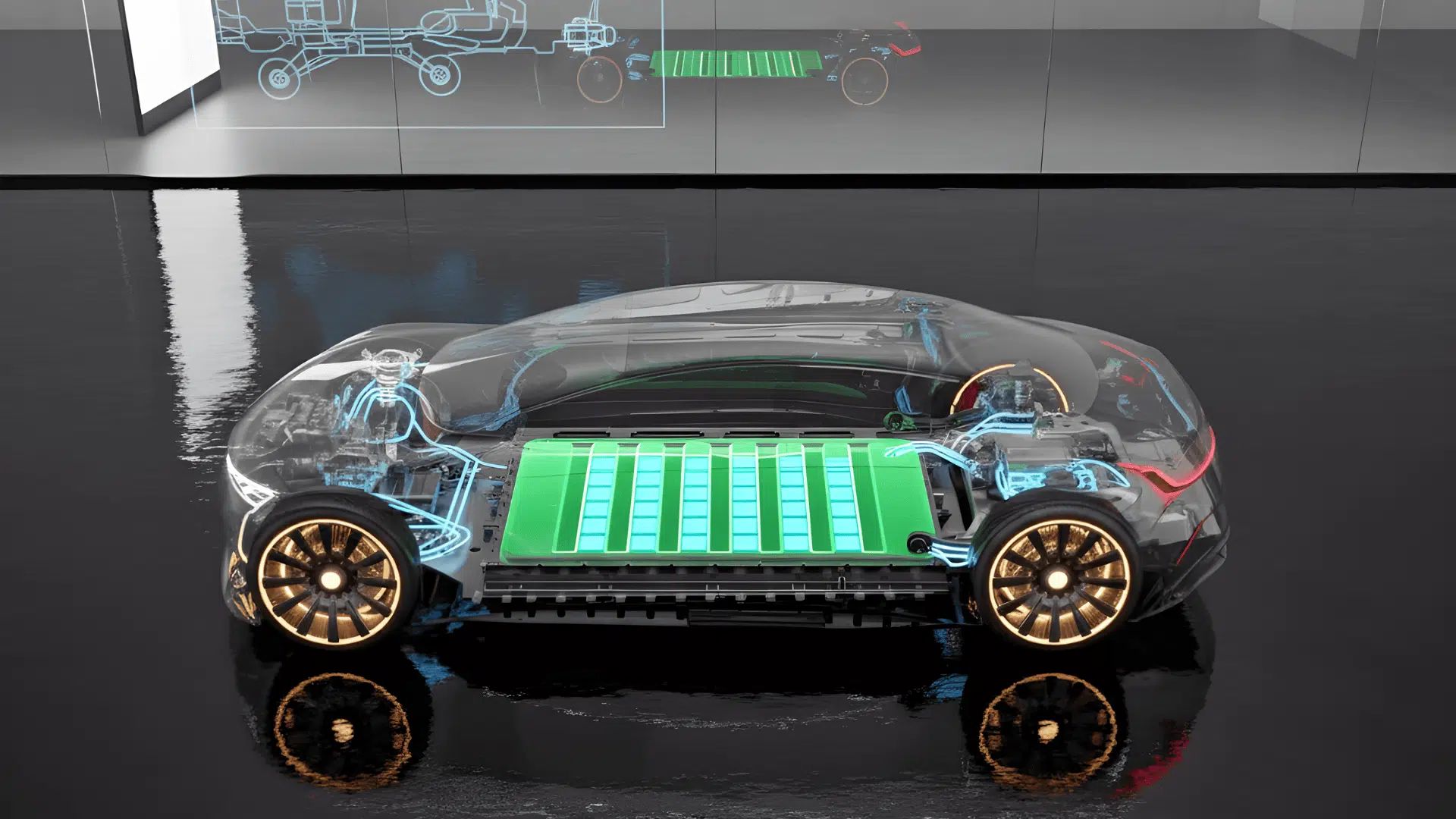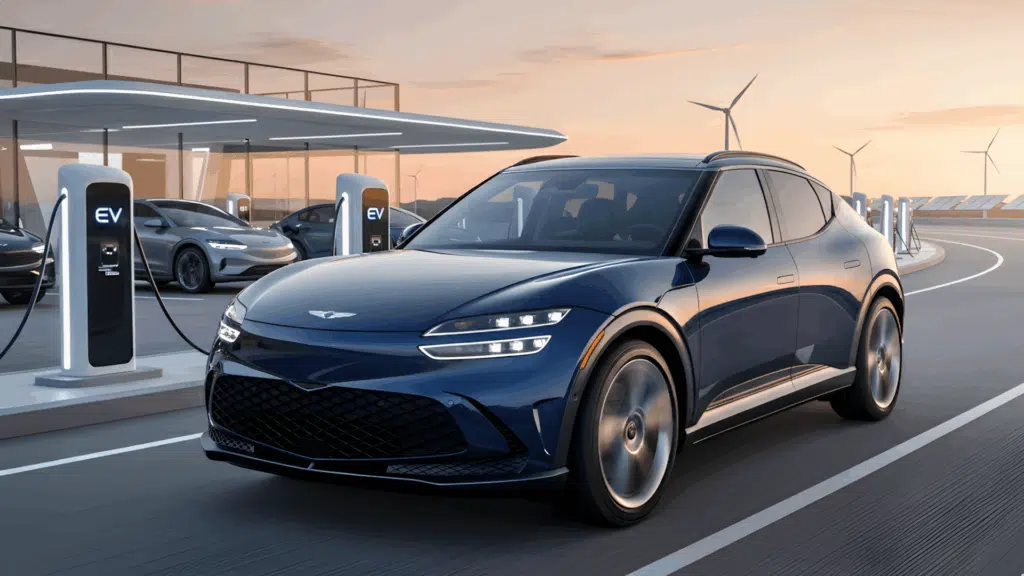If you’ve ever dealt with a weak or dead car battery, you’ve likely wondered how long to recharge car battery after getting it started again.
It’s a common question that doesn’t have one simple answer because every car, battery, and drive is different.
The good news is, you don’t need to guess. With a few basics, you can figure out how long to drive, what affects charging time, and when your alternator might need help.
This guide breaks down everything you need to know, from real charging times to signs your battery isn’t recharging properly, so you can keep your car running without unexpected surprises.
How EV Batteries Recharge While You Drive?
Your car battery doesn’t charge itself; the alternator does the work.
The alternator is a small generator under the hood that converts engine motion into electricity. It powers your car’s systems and recharges the battery while you drive.
When you start the car, the battery provides the energy to crank the engine. Once running, the alternator powers everything, from lights to radio, while topping off the battery.
It’s not built to fully recharge a dead battery, only to maintain charge once the battery is healthy. If the battery is very low, using a charger or taking a longer drive may be necessary to restore full power.
How Long to Recharge Car Battery by Driving
There’s no single number that fits every car, but here’s a general idea:
- Lightly drained battery: 20–30 minutes of highway driving
- Moderately drained (after jump-start): 30–60 minutes of steady driving
- Deeply discharged battery: 1–2 hours or more; may still need a charger
The alternator can replace some of the lost charge fairly quickly, but reaching full capacity takes hours. You’ll usually restore enough power to restart your car, but not necessarily a complete recharge.
Why 30 Minutes Isn’t Always Enough for your EV?
You might’ve heard that a half-hour drive recharges your car battery. That’s not always true.
Here’s why: the charging rate slows down as the battery fills. The alternator gives a quick boost at first, then eases up as voltage rises.
Add in factors like driving speed, battery condition, and outside temperature, and that “30-minute rule” becomes unreliable.
What Affects How Fast Your EV Battery Charges?


Several things decide how long it takes to recharge your car battery. Knowing these helps you plan better drives and keep your battery healthy.
1. Battery Condition and Age
New batteries recharge faster because they hold energy more efficiently. Older ones lose capacity as internal parts wear out.
If your battery is over three years old or drains often, it may never fully recharge, no matter how long you drive. Regular testing helps you spot weak batteries before they fail completely.
2. Alternator Output
Your alternator’s strength plays a big role. A weak or faulty alternator can’t send enough power to the battery, even on long drives.
Dim headlights, a warning light, or unusual noises may mean it’s time for a check-up. Keeping the alternator belt tight and clean helps maintain charging efficiency.
3. Driving Speed and Duration
Alternators charge better at higher engine speeds. Short trips and stop-and-go traffic don’t give them enough time to work.
Steady highway driving for at least 30–45 minutes helps restore a healthy level of charge. The longer you maintain a consistent speed, the more effective the charging process becomes.
4. Electrical Load While Driving
Every system using power takes away from charging. Running headlights, AC, or the stereo slows things down.
When recharging after a jump-start, turn off extras so the alternator can focus on the battery. Keeping power use low during the first few miles helps the battery recover faster.
5. Temperature and Weather
Cold slows the chemical reactions inside your battery, while extreme heat causes wear. Both make charging less effective.
Try parking in a garage or shaded spot to help your battery recharge more efficiently. If you live in very cold areas, a battery blanket can help maintain performance.
6. Vehicle Type and Battery Size
Larger vehicles and batteries naturally take longer to recharge. Some newer models use smart charging systems that limit alternator output to save fuel, which can slow charging during short trips.
Occasional longer drives or a trickle charger can help balance that out.
How Long to Drive Your EV in Common Situations
Every situation is different, but here’s a general guide to help:
| Situation | Approximate Drive Time | Notes |
|---|---|---|
| Light drain (left lights on briefly) | 20–30 minutes | Enough to restore the surface charge |
| After a jump-start | 30–60 minutes | Restores usable charge, not full |
| Deep discharge (car sat for days) | 1–2 hours or longer | May still need a charger |
| Old or weak battery | Varies | Might not hold a charge at all |
Times may vary based on your alternator, battery condition, and driving habits. Check your battery health if you’re unsure.
Can You Recharge a EV Car Battery by Idling?


Technically, yes, but it’s not efficient. At idle, your alternator spins slowly and makes less power. Most of that energy runs the car’s systems, leaving little for the battery.
So, while idling might prevent the battery from dying completely, it won’t recharge it enough to depend on. Driving at steady speeds is always better.
When Driving Isn’t Enough?
Sometimes driving won’t fully recharge a car battery. That can happen when:
- The battery was deeply drained for days
- The alternator isn’t working properly
- You only drive short distances
- The battery is old or damaged
In these cases, a battery charger or maintainer is a better choice. They provide a slow, complete charge that brings your battery back to full health, something driving alone can’t always do.
Signs Your EV Battery Isn’t Recharging Properly
Watch for these common signs that your car battery might not be charging correctly:
| Sign | What It Means |
|---|---|
| The battery or charging light stays on | The charging system isn’t working as it should. |
| The car struggles to start | The battery doesn’t have enough stored power. |
| Headlights dim while idling | The alternator isn’t producing enough current at low speeds. |
| The alternator makes a whining noise | The alternator or its belt may be worn or slipping. |
| You need jump-starts often | The battery isn’t holding a charge or recharging fully. |
If you notice any of these, have both the battery and alternator tested. A quick check can prevent a full breakdown later.
Tips to Recharge Your EV Battery Faster While Driving
If you want to help your alternator recharge the battery faster, follow these tips:
- Choose highways: Steady driving at higher speeds helps the alternator produce more power.
- Keep the engine running steadily: Avoid idling too long or stopping often.
- Turn off extra electronics: Limit AC, lights, and stereo use while recharging.
- Avoid short trips: Quick drives don’t give the alternator enough time to charge the battery.
- Drive regularly: Take at least one 30-minute highway drive each week to maintain charge.
- Check battery voltage: Test it every few months to catch early signs of weakness.
These small habits make a big difference in how well your battery performs over time. Staying consistent with these tips keeps your battery strong and reduces the chances of unexpected breakdowns.
Wrap Up
Knowing how long to recharge car battery helps you plan smarter drives and avoid getting stuck with a dead one.
You now understand what affects charging speed, how long to drive in different situations, and when to rely on a charger instead.
If your car struggles to start, don’t panic; a steady drive or a quick battery check can make all the difference. Paying attention to small signs like dim lights or slow starts can save you time and stress later.
I hope this guide helps you keep your battery in good shape and your car ready to go. For more simple tips like this, check out my other posts for practical car care advice.

